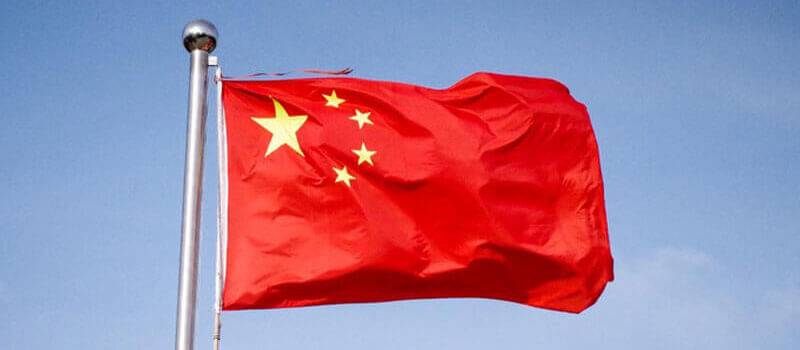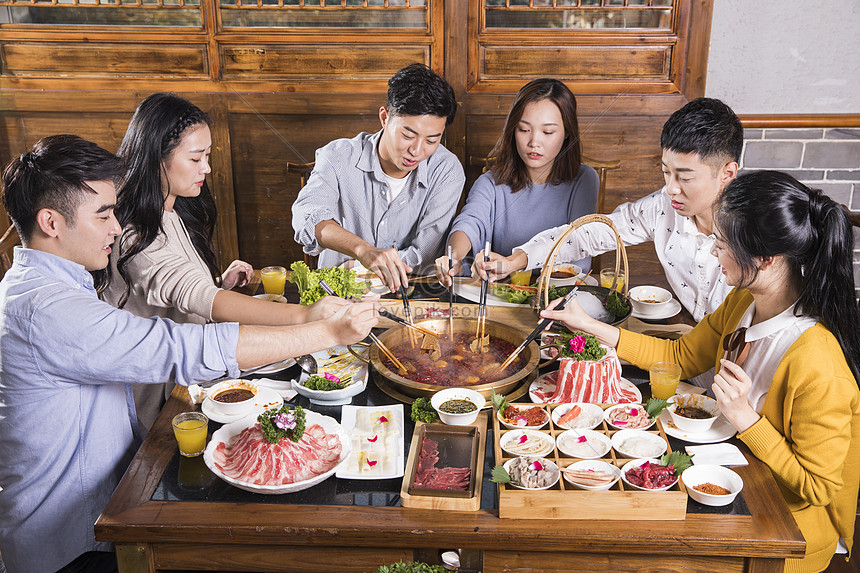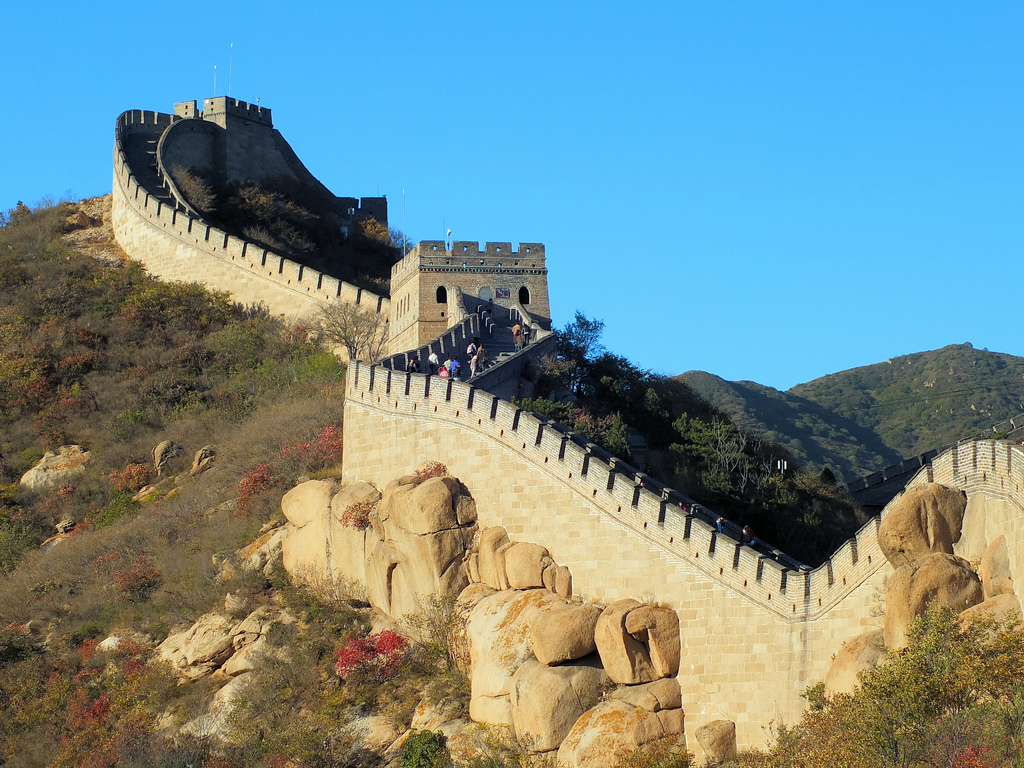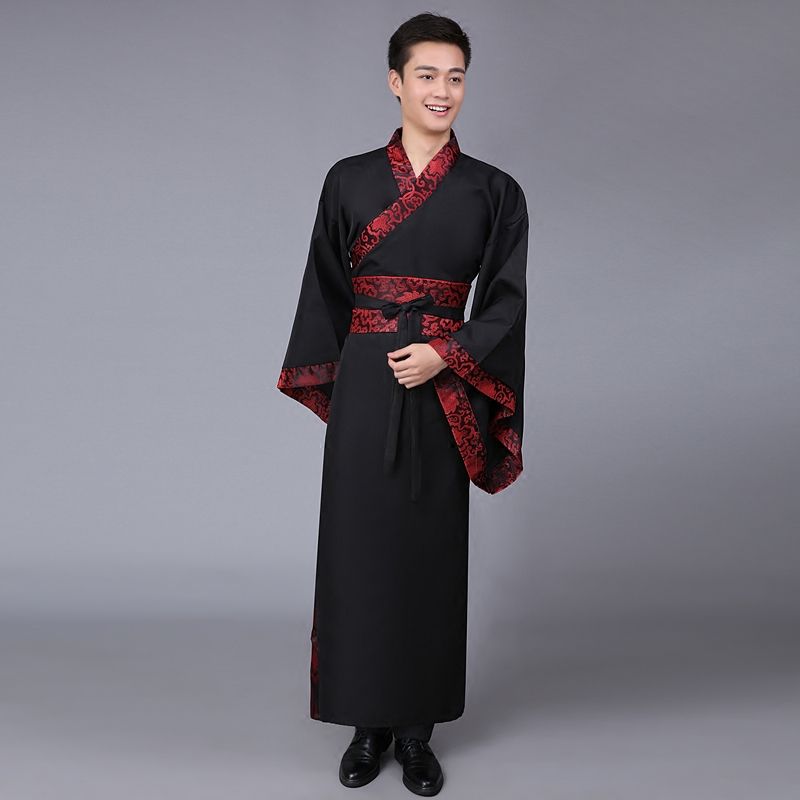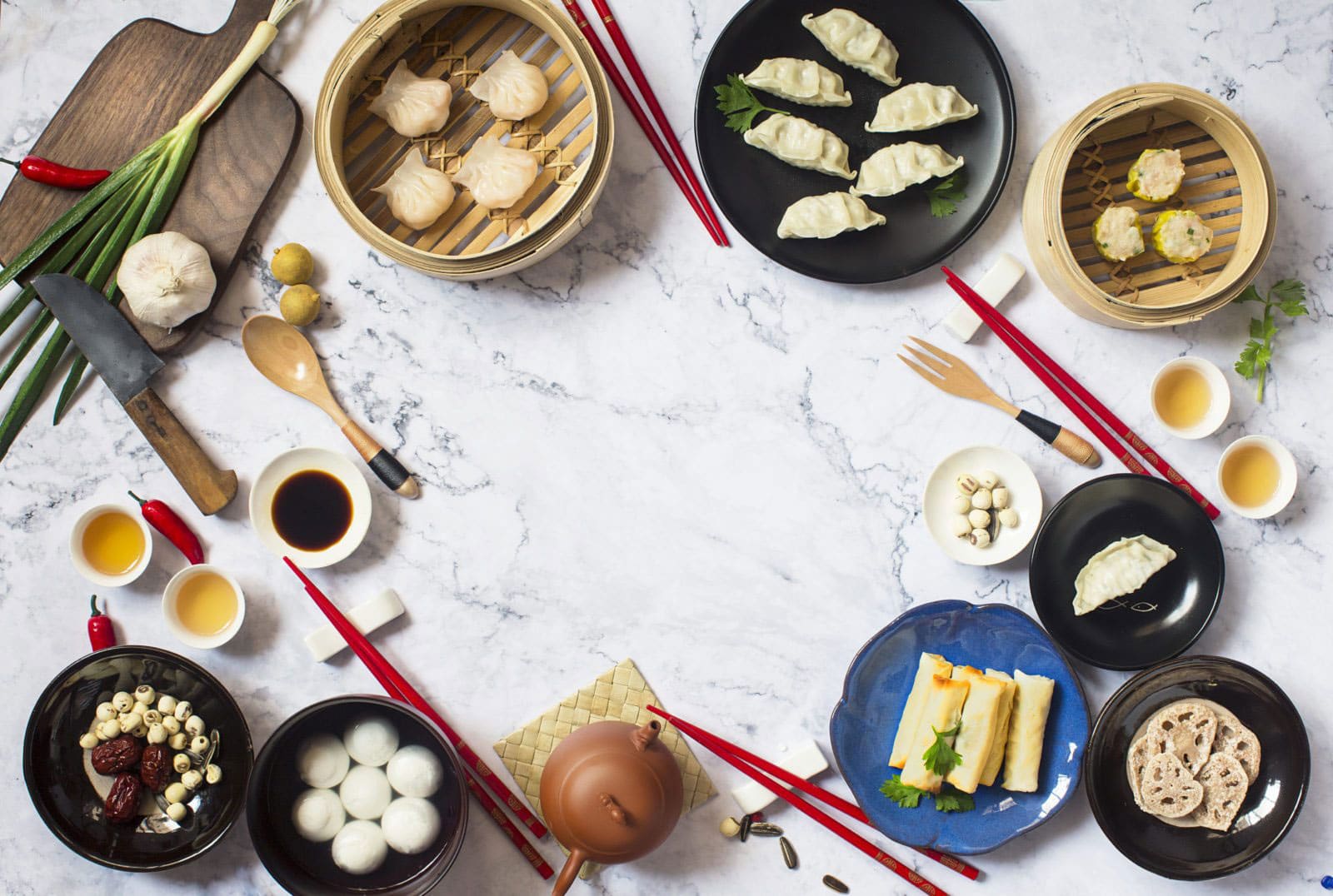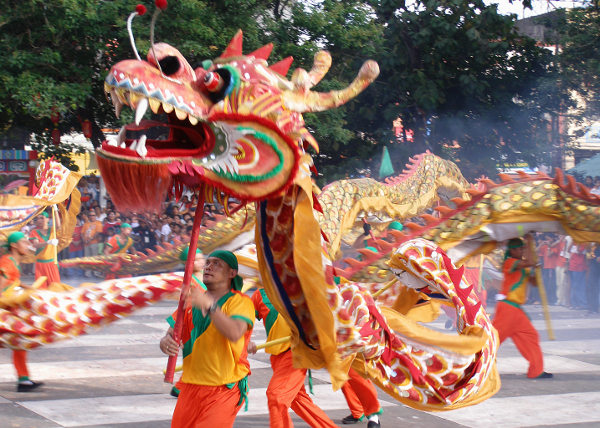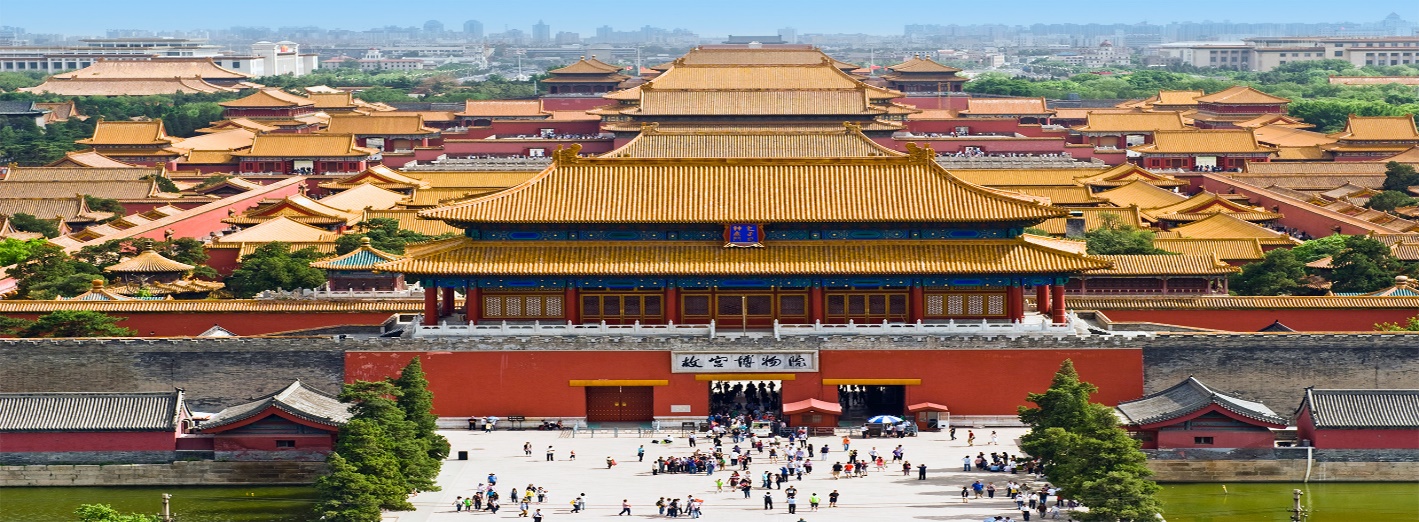History of the Culture
China is considered to be the third-largest nation in the world by area. China’s land area occupies 3,691,502 square miles (9,596,960 square kilometers). The contemporary Chinese culture is a combination of old Chinese traditions and the western standard of living. Zhonghua Renmmin Gogheguo or Zhong Guo is the other name used by the Chinese people to refer to their country. Chinese population consists of over 55 minorities of ethnic groups. The Han ethnic group is the only majority in the Chinese population. (10 Interesting Facts to Help You Understand Chinese Culture, n.d.)
The Chinese culture has its roots emerging over 5000 years old. In the Chinese scriptures, the Huaxia tribe initiated the Chinese culture. According to the historical archives and records, the Chinese culture has its roots formed during the Shang dynasty in 1700 BCE. The Shang dynasty was defeated by the Zhou. The Shang and Zohu dynasty are known to be the ancient culture of China. After Zohu came to the rule of the Qin dynasty. The imperial culture began during the reign of the Qin dynasty. During the Qin dynasty, the teachings of Confucius were forbidden. People were motivated to build roads, canals, protective walls, etc. The formation of the great wall finds its roots in the Qin dynasty. The Qin dynasty is known to be the first and the shortest imperial dynasty of Chinese history. The Han dynasty emerged after the Qin era. The Han dynasty is known to be the longest imperial dynasty for beginning the Silk Road trade with Europe and Central Asia making a benchmark for the Chinese society. Furthermore, the Imperial Examination system was introduced. The Imperial Examination system was based on qualification and merit (The History of China, n.d.). The Han dynasty is known to be an important benchmark for the development of Chinese society. Other renowned dynasties of Chinese history include the Sui Dynasty, the Tang Dynasty, The Song Dynasty, The Yuan Dynasty, The Ming Dynasty, and the Qing dynasty. The Republic of China was established after the Qing dynasty. After going through these eras, the Chinese culture got immense development in the field of arts, food, drinks, music, celebrations, and clothing.
The Chinese culture is famous for its arts and scientific innovations. The Chinese people are known for their unique painting, calligraphy, and sculpting techniques. Chinese calligraphy is a part of Chinese traditional art form. The Chinese hand fan, Chinese lantern, carved lacquer, and folding screen are significant for Chinese arts. Chinese are renowned for their ancient association with Kung Fu (martial arts). The most famous sport played in China is table tennis (ping pong). The Chinese writers, philosophers, and poets are given immense respect and acknowledgment for preserving the Chinese culture. The Tang dynasty is known to be the golden era for the development of Chinese poetry. The major Chinese philosophies include Ruism, Legalism, and Taoism. After the establishment of the Republic of China, modern Chinese literature immensely focused on promoting national strength and unity.
Chinese cuisine plays a significant role in Chinese culture. Chinese cuisine has a great effect on the cuisines of other countries from all around the world because of the Chinese diaspora. Taking tea is also a significant part of Chinese traditions. Tea is used for traditional medicine in China. The major staple food of Chinese cuisine includes noodles, rice, and wheat. Tofu is one of the famous food products used in Chinese dishes. Fresh produce and vegetables are used in Chinese food. In Chinese culture, daily shopping for fresh produce is considered as part of Chinese tradition. The hotpot and pecking duck of Beijing is one of the famous Chinese foods. The hotpot has significant cultural value during traditional dinners symbolizing the warmth and unity for people sitting around it. Herbs and seasoning are a major part of preparing Chinese food. Chinese cuisine is renowned for its different kinds of sauces such as soya sauce, oyster sauce, fish sauce, and furu. Furu is a fermented sauce used for the seasoning of Chinese food. There are different types of vinegar used in Chinese food such as rice vinegar, Shanxi vinegar, etc. Chinese desserts are served in small portions and are known as Dim Sum. The Chinese food is usually prepared in Wok (cooking utensil).
The Chinese beverages include traditional tea, alcoholic drinks, herbal drinks, and other nutritious drinks. The Chinese people drink their tea with Dim Sum (desserts) and snacks. The types of tea used in Chinese culture include oolong tea, green tea, black tea, scented tea, compressed tea, and white tea. Baiju is one of the famous alcoholic beverages consumed in Chinese culture. Mao Tai is known as the premium Baiju in China. Chinese Herb tea is known to be the famous herbal drink used in Chinese culture. Different nutritious beverages include soy milk, coconut milk, almond milk, and walnut milk.
The early period of China includes the close association of dance and music. Traditional Chinese music is known as “Yayue”. “Qin” was a musical instrument used in ancient Chinese culture especially in the Han dynasty. Other musical instruments are Guzheng, Xiao, Pipa, Sheng, and many more for composing music.
The clothing styles and fashion trends of imperial Chinese culture were based on different social classes. The clothes of the elite class were strictly made from pure silk. The dressing style of a person reflected his social class and status. Dragon embroidery on clothes and bright yellow color was only worn by the emperors. In ancient Chinese culture, civil servants and officials had specific uniforms according to their ranks. However, modern Chinese culture has innovative trends. The traditional wedding costume is mainly red because the red color is considered lucky. The traditional Chinese clothing style includes Hanfu, Zhongshan Suit, Tang Suit, and Cheongsam (qipao).
The major part of Chinese culture (ancient and modern) relies on celebrating different cultural festivals. The Chinese festivals include “Chinese New Year, Lantern Festival, Qingming Festival (Tomb-Sweeping Day), Dragon Boat Festival, Double Seventh Festival, Mid-Autumn Festival, Double-Ninth festival, winter solstice, and Laba festival” (Traditional Chinese Holidays and Festivals: Customs, Calendar, n.d.). These Chinese festivals hold immense importance in Chinese culture. Chinese people religiously follow their cultural festivals with strict traditional trends and norms.
Aspects to a culture that is important for Chinese people are:
Importance of Chinese Cuisine: Food plays a significant role in Chinese culture. Different types of food reflect the social status of the family. Furthermore, Chinese people use different foods for symbolic purposes. For instance, In Spring Festival the Chinese people eat dumplings to emphasize their association with their God.
Importance of family structure: Coherence of family and family structure plays a significant role in Chinese culture. Chinese people pay great focus on uniting their families, marriage and having children. The parents and grandparents live with their children. The Chinese views for their family structure are extremely opposite to western culture. The children are supposed to take care of their parents after they get financially stable. Chinese culture is very possessive of their norms and values of family structure. Chinese culture reflects warmth and solidarity. The cultural norms and values taught by Chinese culture promote a prosperous family structure.
Tell Your Story
I belong to the United States of America. The USA is known as the hub of diverse ethnic groups from all around the world. I belong to the ethnic group of Non-Hispanic white people who are also known as Anglo-Americans. My ancestors are white Americans with English as their native language. My great-grandfather came from England after the American Revolution. My great grandfather was a doctor by profession. My great grandfather married a German lady (my great grandmother). This German lady was a nurse in the hospital where my great grandfather was working. They settled in Alabama. I came to know about this through a conversation with my grandmother. My grandmother told me about our relationship of German descent. After my grandmother was born, she married an English American who also lived in Alabama. My grandmother had 4 siblings of which I have many 3 aunts and 2 uncles. My 3 aunts married Mexican immigrants and are settled in Laredo, Texas. Two uncles are settled in Alabama. Amongst all her cousins, my grandmother is from white American background because my grandmother married a native white American. Hence my family is also Native American. My parents and my siblings including me have white skin. My father is the eldest son which makes me close to my other family members. He is a dentist by profession. Most of our family’s profession is associated with the medical field.
My family is settled in a small town in Alabama. We often visit our grandmother who lives 2 miles away from our house. My mother is a practicing gynecologist in a private hospital. Therefore, my parents are busy in their professional lives which is why we spend much of our time with our grandmother. In America, we prefer canned food and make quick meals. We do not use fresh produce for our daily meals. We get fresh vegetables and fresh meat during large family dinners during Thanksgiving. We speak English as a native language. Our western culture gives us the liberty to live our lives freely. My family is secular by religion. As a white American and parents belonging to the medical profession has their perks and luxuries.
Your Personal Perspective
According to my viewpoint, this cultural research paper provided me new insight into Chinese culture. China is one of the leading countries in the global era. This research paper will help me in my academic and professional life. Chinese culture is extremely opposite to our western American culture. Our American culture promotes living separately as children get married. However, after researching Chinese culture I came to know the significance of family structure and coherence. Therefore, Chinese culture has brought unique cultural norms and values in limelight. I learned about family structure and the social classes of Chinese culture. The most amazing fact that I learned from Chinese culture is the symbolic association of food with cultural norms and religious festivals. I never knew how food can be associated with different symbolic interpretations. Another interesting fact that I came to know after this research paper is that Chinese people are very sensitive and possessive about their culture. I had a Chinese friend in my class during high school. Whenever we tried to socialize with him, his conversations reflected his love for Chinese culture. He was very possessive about his Chinese culture. After analyzing Chinese culture, his possessiveness towards his culture is justified. I want to visit the famous Forbidden City in China. This research paper has incited a personal urge to visit China and see its culture firsthand.
Reference Page
A Quick Guide to 4 Chinese Festivals. (2016, May 21). Asian American Writers’ Workshop. https://aaww.org/a-guide-to-4-main-chinese-festivals/
Chinese Culture, History, and Politics | University of Miami Cognate Search Engine. (n.d.). Retrieved June 23, 2021, from https://cognates.miami.edu/PS_0075
Forbidden City | History, Facts, & Map | Britannica. (n.d.). Retrieved June 23, 2021, from https://www.britannica.com/topic/Forbidden-City
Koo, L. C. (1984). The use of food to treat and prevent disease in Chinese culture. Social Science & Medicine, 18(9), 757-766.
Learn To Speak Chinese through Chinese Food Culture Dumplings. (2018, May 3). ASIAN LANGUAGE SCHOOL. https://www.asianlanguageschool.com/chinese-food-culture-dumplings/
Ma, G. (2015). Food, eating behavior, and culture in Chinese society. Journal of Ethnic Foods, 2(4), 195-199.
Qipao, Chinese Traditional dress, Madarin Dresses, Qipao Pictures, Chinese Culture. (n.d.). Retrieved June 23, 2021, from http://www.chinatoday.com/culture/qipao/qipao.htm
Why do the Chinese Drink Hot Tea with Meals? (2020, April 1). Hey China. https://www.heychina.com.au/b/why-do-the-chinese-drink-hot-tea-with-meals/
Youth gathering for hot pot. (n.d.). LovePik. Retrieved June 23, 2021, from https://lovepik.com/image-501102526/youth-gathering-for-hot-pot.html?social=facebook
Pictures & Exhibits

(“Learn To Speak Chinese through Chinese Food Culture Dumplings,” 2018)
(Youth Gathering for Hot Pot, n.d.)
(Chinese Culture, History, and Politics | University of Miami Cognate Search Engine, n.d.)
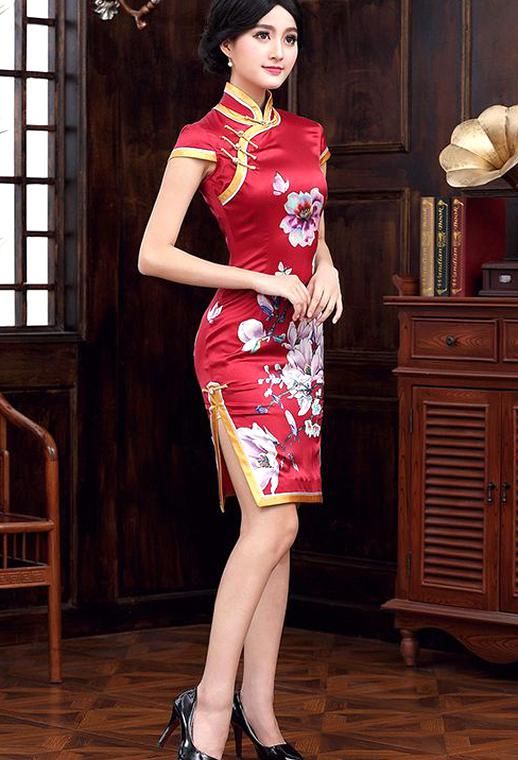
(Qipao, Chinese Traditional Dress, Madarin Dresses, Qipao Pictures, Chinese Culture, n.d.)
(“Why Do the Chinese Drink Hot Tea with Meals?,” 2020)

(“A Quick Guide to 4 Chinese Festivals,” 2016)
(Forbidden City | History, Facts, & Map | Britannica, n.d.)



